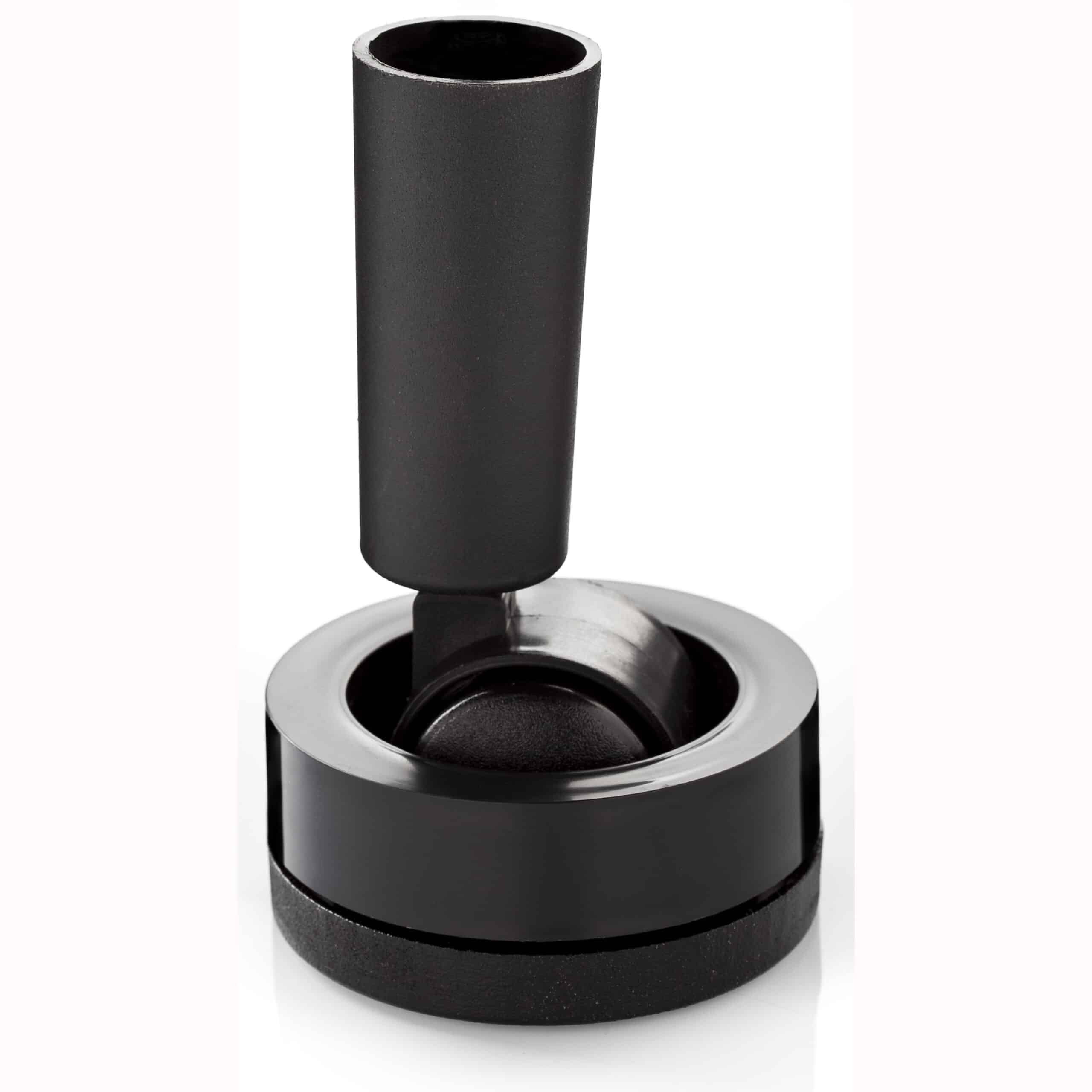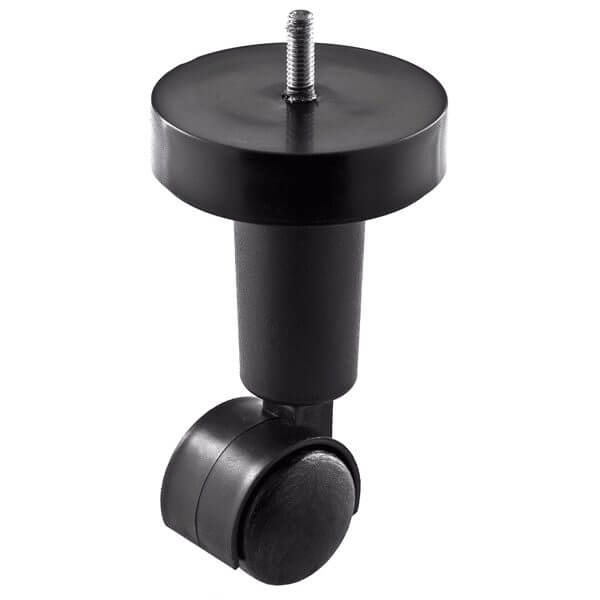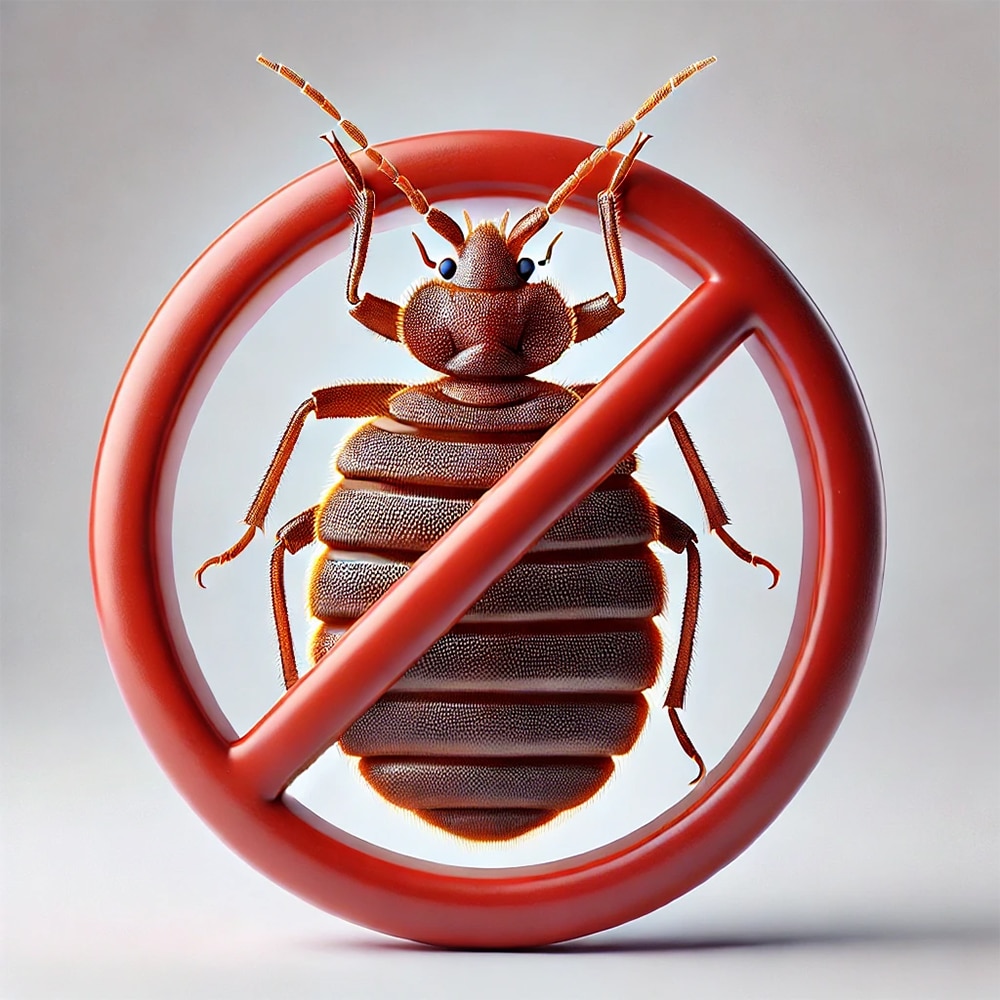
In the article
Last Updated on 10/04/2025 by Tony Abrahams
Bed leg bed bug traps are a crucial tool in the fight against bed bugs. These innovative devices are designed to stop bed bugs in their tracks by creating an impenetrable barrier between them and your bed.
Let’s explore the types of traps available, how they differ, and how they work to protect you from these unwelcome pests.
Types of Bed Leg Bed Bug Traps

Bed Leg Bed Bug Traps come in several designs, each tailored to address specific needs and preferences. Here are the most common types:
- Interceptor Traps: These traps are simple, circular devices placed under bed legs. They claim to feature an outer wall that bed bugs climb up but cannot escape from once inside, but there is no testing to prove these claims.
- Sticky Traps: Using adhesive surfaces, sticky traps attach to bed legs and capture bed bugs as they attempt to climb.
- Powder-Based Traps: These traps contain a fine powder, such as Diatomaceous Earth (DE), that bed bugs must cross. The powder dehydrates and kills them over time.
- Electric Traps: High-tech options like electric traps use small currents to eliminate bed bugs upon contact.
- DIY Traps: Home-made solutions often use household items, such as bowls filled with soapy water, as makeshift bed leg traps.
How They Differ: Bed Leg Bed Bug Traps
While all bed leg traps aim to protect your bed from infestation, they differ in terms of effectiveness, ease of use, and longevity:
- Effectiveness: Powder-based traps like those using Diatomaceous Earth provide both immediate and long-term results by killing bed bugs over time. Sticky traps, on the other hand, only trap the bugs but do not eliminate them.
- Ease of Use: Interceptor traps are straightforward to install and require little maintenance. Electric traps may demand more setup and regular monitoring.
- Longevity: Powder-based traps offer extended protection without frequent replacement, unlike sticky traps which need to be replaced regularly.
- Safety: Non-toxic options like interceptor and powder-based traps are safer for households with children or pets, while electric traps may pose minor risks.
How They Work: Bed Leg Bed Bug Traps

Bed Leg Bed Bug Traps
The principle behind bed leg traps is simple yet effective:
- Isolate the Bed: Bed bugs rely on physical contact to climb onto your bed. Traps placed under each leg create a barrier that they cannot cross.
- Capture or Kill: Depending on the type, traps either physically capture bed bugs or expose them to substances like Diatomaceous Earth, which dehydrates and kills them.
- Monitor Activity: Traps also act as a monitoring tool, helping you identify the severity of the infestation and take appropriate action.
- Prevent Reinfestation: By consistently using bed leg traps, you can stop bed bugs from reaching your bed, reducing the risk of reinfestation over time.
Bed Bug Bites: How to Find, Treat and Prevent Them Fast
Why Bed Bug Traps Using DE Are the Best
Diatomaceous Earth (DE) stands out as a highly effective solution for bed bug traps, and here’s why:
- Non-Toxic and Safe: DE is a natural substance that is safe to use around children and pets, making it an eco-friendly alternative to chemical sprays.
- Long-Lasting Protection: Unlike sticky traps that require frequent replacement, DE provides continuous protection, killing bed bugs over days or weeks.
- Dual Action: DE not only traps bed bugs but also dehydrates and kills them, ensuring they cannot return.
- Cost-Effective: A single application of DE in traps offers long-term protection, saving you money on replacements and professional treatments.
- Proven Results: DE has been tested and proven effective against bed bugs, offering peace of mind for households battling infestations.
Why You Should Avoid Our Competitors Traps
Not all bed bug traps are created equal, and many competitor traps fall short for several reasons:
- Lack of Testing: Many competitor traps are untested and unreliable, offering no guarantee of effectiveness. Without proper testing, there’s no way to ensure that they actually work against bed bugs.
- No Killing Mechanism: Unlike traps using Diatomaceous Earth, competitor traps often only capture bed bugs without killing them. This allows the pests to survive and continue spreading in search of a blood meal.
- Spread of Infestation: Ineffective traps can exacerbate the problem by causing bed bugs to scatter to other areas of your home. This spreading makes the infestation harder to control and may require professional intervention.
- Short-Term Solutions: Competitor traps frequently require constant replacement or maintenance. This adds to long-term costs without providing lasting results, unlike our powder-based traps that offer continuous protection.
- False Sense of Security: Many competitor traps create the illusion of safety but fail to address the root of the problem, leaving you vulnerable to ongoing infestations.
By choosing our bed bug traps, you ensure a tested, effective solution that eliminates bed bugs and prevents their return. Our traps provide peace of mind, allowing you to rest easy knowing your bed is safe and protected.
Conclusion: Bed Leg Bed Bug Traps
Bed leg bed bug traps are an indispensable tool in protecting your home from bed bug infestations. Among the many options available, traps using Diatomaceous Earth offer unparalleled advantages, including non-toxic safety, long-lasting effectiveness, and proven results. On the other hand, competitor traps often lack the reliability and killing mechanisms necessary to effectively control bed bugs, potentially worsening the problem.
By investing in high-quality bed leg traps, you not only shield your bed from these unwelcome pests but also gain peace of mind knowing that you’ve chosen a solution that truly works. Protect your sleep and your home with the best tools available—and say goodbye to bed bugs for good!
Frequently Asked Questions: Bed Leg Bed Bug Traps
- Who sells the best bed leg bed bug traps?
We do! Our bed bug leg traps are the best because they are scientifically tested and proven to work. Unlike other traps, ours use Diatomaceous Earth (DE), a natural and highly effective solution, to kill every bed bug in the room. By combining testing, durability, and long-term effectiveness, our traps provide unmatched protection and peace of mind. - Are all bed bug bed leg traps scientifically tested?
No, not all bed bug leg traps are scientifically tested. Many competitor traps on the market lack validation and offer no guarantee of effectiveness. Our traps, however, are rigorously tested to ensure they work as intended. With the added power of DE, our traps don’t just monitor bed bugs—they actively eliminate them, providing a superior solution to any infestation. - Why should you avoid monitoring traps?
Monitoring traps only detect the presence of bed bugs but fail to eliminate them, leaving your infestation to grow unchecked. Our traps go beyond monitoring by using DE to kill every bed bug that comes into contact with them. By choosing our scientifically tested traps, you avoid the false sense of security that monitoring traps provide and ensure complete eradication of bed bugs in your space.
Are You Looking for an Organic DIY Treatment?
How To Install Our Bed Leg Bed Bugs Traps On An Ensemble Bed
How To Install Our Bed Leg Bed Bugs Traps On A Bed Frame
If you have enjoyed our blog, Bed Leg Bed Bug Traps, then you might like to read Bed Bug Bites In Australia.




Leave a Reply